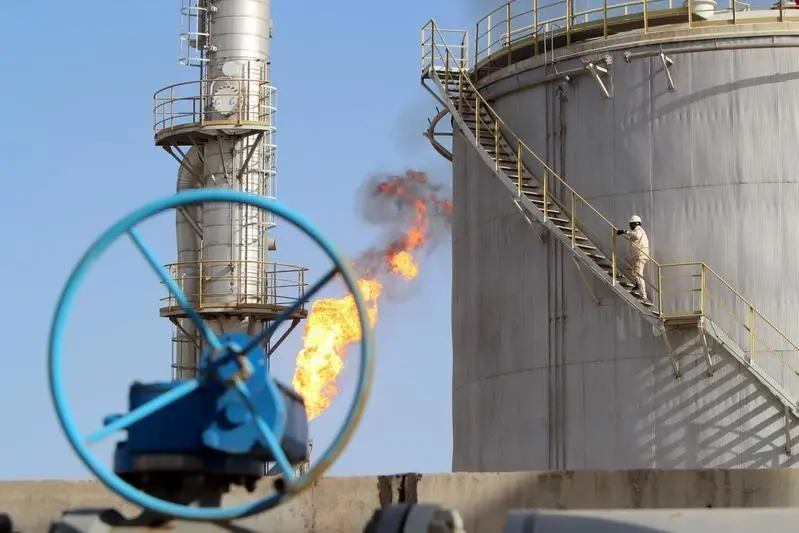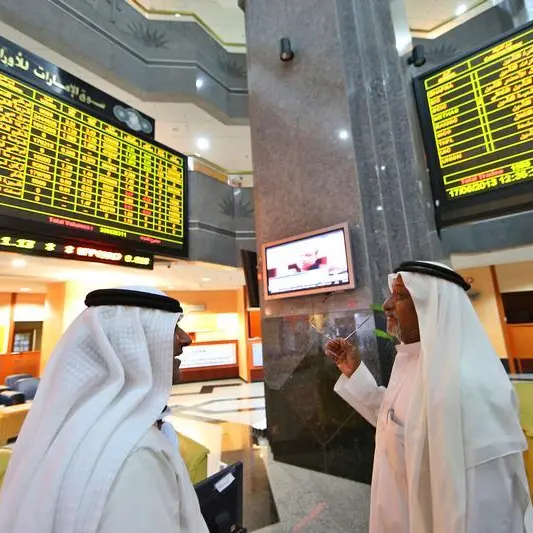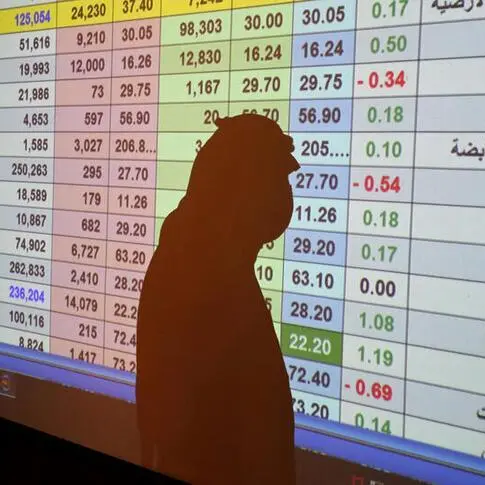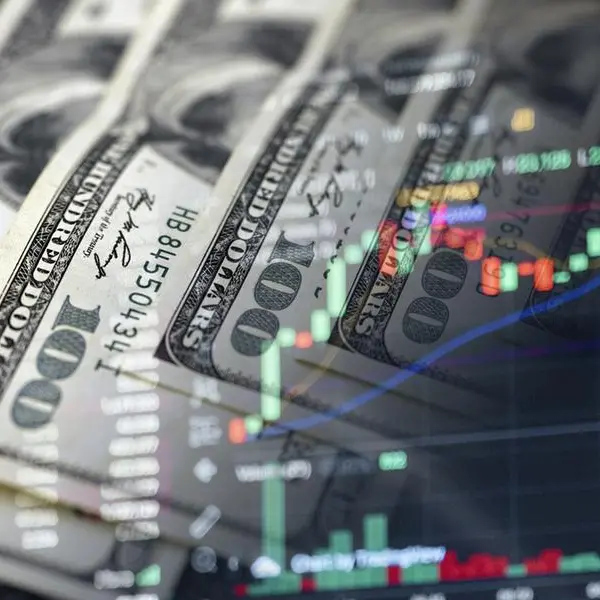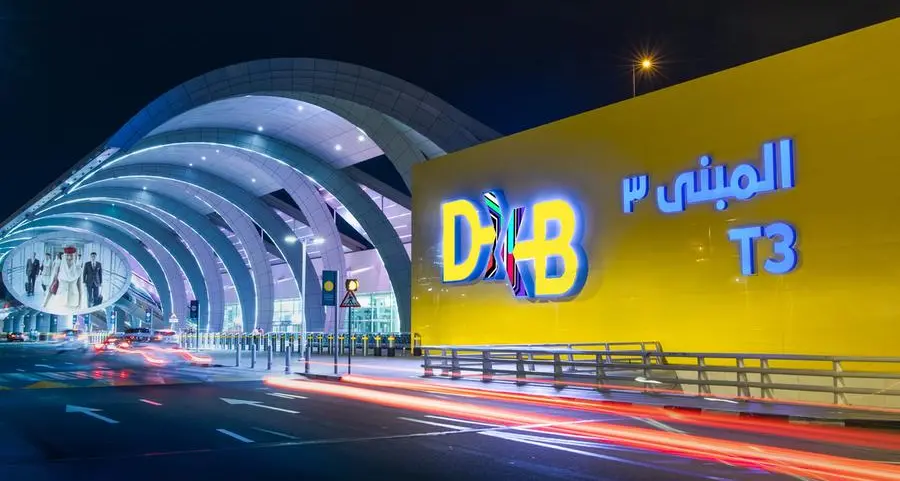PHOTO
SINGAPORE - A risk premium has returned to oil markets with a vengeance, boosting global price benchmarks as escalating fighting in Iraq threatens supplies while political tensions loom between the United States and Iran.
After months of range-bound trading during which OPEC-led supply cuts supported crude prices but rising U.S. output capped markets, prices have moved up significantly this month just as demand looks stronger than at any point in recent months, especially in China.
Despite some profit taking on Tuesday, Brent crude futures, the international benchmark for oil prices, were still at $57.79 at 0148 GMT, 2.5 percent higher than last Friday's settlement - and almost a third above mid-year levels.
U.S. West Texas Intermediate (WTI) crude futures were trading at $51.76 per barrel, down slightly from their last settlement, but still some 2 percent higher than last Friday, and almost a quarter above mid-June levels.
The higher prices came as Iraqi government forces captured the major Kurdish-held oil city of Kirkuk on Monday, responding to a Kurdish independence referendum. There were also reports that Kurds had shut down some 350,000 barrels per day (bpd) of production from major fields Bai Hassan and Avana due to security concerns.
"Kirkuk, the main city in the region, produces around 10 percent of Iraq's total oil output and any (further) disruption could therefore have a significant impact on supply," said William O'Loughlin, investment analyst at Rivkin Securities.
Meanwhile political risk consultancy Eurasia Group said, "Flows will remain vulnerable until an agreement is reached."
The escalating fighting in Iraq has spooked markets as it adds to rising tensions between the United States and Iran. Last Friday U.S. President Donald Trump refused to certify Iran's compliance over a nuclear deal, leaving Congress 60 days to decide further action against Tehran.
During the previous round of sanctions against Iran, some 1 million bpd of oil was cut from global markets.
With ongoing supply cuts led by the Organization of the Petroleum Exporting Countries (OPEC) further tightening the market, analysts were revising upward their crude price forecasts for the rest of the year and into 2018.
"We see Brent averaging $54 this quarter and $52.50 per barrel in 1H18, compared with our previous forecasts of $50 and $49.50 per barrel, respectively," Bank of America Merrill Lynch said. "We also adjust WTI to average $49 this quarter, relative to our previous forecast of $47 per barrel."
The U.S. bank said that its "revised global oil supply and demand forecasts point to a sizeable deficit in 2017 of 230 thousand bpd".
The bank said there was further upside potential to its outlook.
"Upside risks to our projections include geopolitics and a much tighter-than-expected refining capacity environment."
(Reporting by Henning Gloystein; Editing by Kenneth Maxwell) ((henning.gloystein@thomsonreuters.com; +65 6870 3263; Reuters Messaging: henning.gloystein.reuters.com@reuters.net))
After months of range-bound trading during which OPEC-led supply cuts supported crude prices but rising U.S. output capped markets, prices have moved up significantly this month just as demand looks stronger than at any point in recent months, especially in China.
Despite some profit taking on Tuesday, Brent crude futures, the international benchmark for oil prices, were still at $57.79 at 0148 GMT, 2.5 percent higher than last Friday's settlement - and almost a third above mid-year levels.
U.S. West Texas Intermediate (WTI) crude futures were trading at $51.76 per barrel, down slightly from their last settlement, but still some 2 percent higher than last Friday, and almost a quarter above mid-June levels.
The higher prices came as Iraqi government forces captured the major Kurdish-held oil city of Kirkuk on Monday, responding to a Kurdish independence referendum. There were also reports that Kurds had shut down some 350,000 barrels per day (bpd) of production from major fields Bai Hassan and Avana due to security concerns.
"Kirkuk, the main city in the region, produces around 10 percent of Iraq's total oil output and any (further) disruption could therefore have a significant impact on supply," said William O'Loughlin, investment analyst at Rivkin Securities.
Meanwhile political risk consultancy Eurasia Group said, "Flows will remain vulnerable until an agreement is reached."
The escalating fighting in Iraq has spooked markets as it adds to rising tensions between the United States and Iran. Last Friday U.S. President Donald Trump refused to certify Iran's compliance over a nuclear deal, leaving Congress 60 days to decide further action against Tehran.
During the previous round of sanctions against Iran, some 1 million bpd of oil was cut from global markets.
With ongoing supply cuts led by the Organization of the Petroleum Exporting Countries (OPEC) further tightening the market, analysts were revising upward their crude price forecasts for the rest of the year and into 2018.
"We see Brent averaging $54 this quarter and $52.50 per barrel in 1H18, compared with our previous forecasts of $50 and $49.50 per barrel, respectively," Bank of America Merrill Lynch said. "We also adjust WTI to average $49 this quarter, relative to our previous forecast of $47 per barrel."
The U.S. bank said that its "revised global oil supply and demand forecasts point to a sizeable deficit in 2017 of 230 thousand bpd".
The bank said there was further upside potential to its outlook.
"Upside risks to our projections include geopolitics and a much tighter-than-expected refining capacity environment."
(Reporting by Henning Gloystein; Editing by Kenneth Maxwell) ((henning.gloystein@thomsonreuters.com; +65 6870 3263; Reuters Messaging: henning.gloystein.reuters.com@reuters.net))
